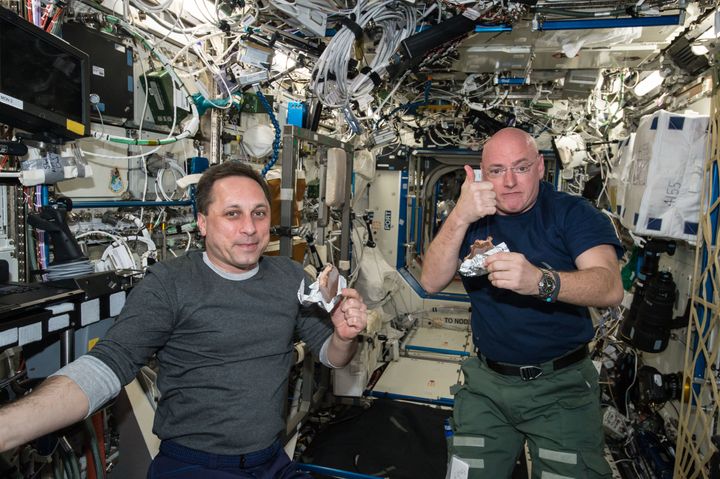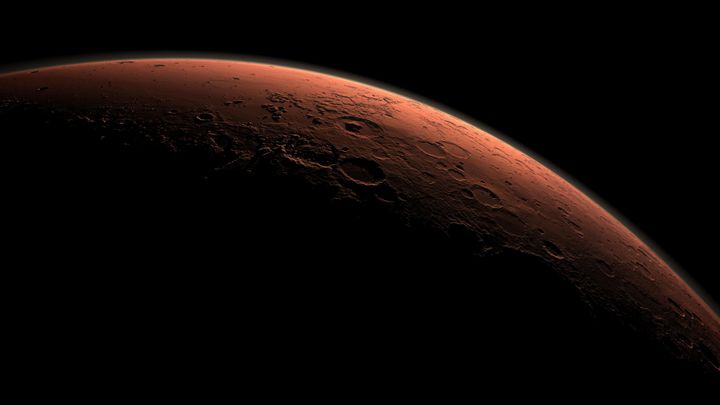Mars is not close, in fact it’s some 54 million kilometres.
This extreme distance means that astronauts will need to recycle everything, including it seems, their own poo.
A team from Penn State University (supported by NASA) have found a way to quickly and safely convert human poo back into something that’s edible and nutritious.

The process involves mixing human waste with microbes, which then break down the waste to create a paste that can then be eaten by the astronauts.
“It’s a little strange,” admits Christopher House, professor of geosciences at Penn State. “But the concept would be a little bit like Marmite or Vegemite where you’re eating a smear of ‘microbial goo.’”
If that hasn’t wetted your appetite then how about the fact that the researchers took their inspiration from good old waste management here on Earth.
“Anaerobic digestion is something we use frequently on Earth for treating waste,” said House. “It’s an efficient way of getting mass treated and recycled. What was novel about our work was taking the nutrients out of that stream and intentionally putting them into a microbial reactor to grow food.”

If eating a goo made from your own poo doesn’t sound like fun then sadly there might not be much of an alternative.
Journeys to planets like Mars will take months, possibly even years, and all the while NASA has to consider the fuel costs. Every single item you pack will increase the amount of thrust needed and the amount of fuel that you bring on board.
If you can find a way to effectively, and safely reuse some of the waste produced then you’re drastically reducing the costs associated with sending five human beings 50 million kilometres out into space.
Now while eating your own poo isn’t ideal, it might surprise you to learn that astronauts are already effectively drinking their own urine on the International Space Station.
Highly effective scrubbers remove the toxins and turn it back into safe drinking water.
For those now reconsidering a future in deep space exploration, don’t panic just yet. While this experiment does hold great promise, NASA is considering a number of other options including growing plants and vegetables in space through hydroponics.
The problem with that sadly is that it’s very energy intensive, requiring heat, light and water, all things that will be a precious commodity on board a long-distance voyage.
